17 people found in a medieval well in England were victims of an antisemitic massacre, DNA reveals
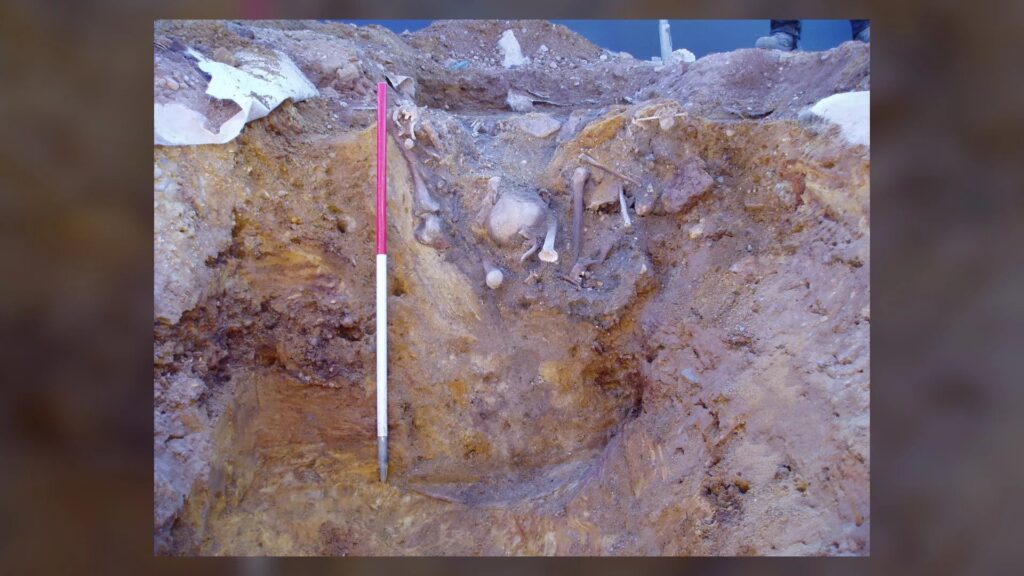
The remains of 17 people, mainly children, found in 2004 during a construction project in Norwich, England, are probably those of medieval Jews massacred for their religion, according to a new study.
Genetic analysis of the remains indicates the dead were all Ashkenazi Jews — that is, the descendants of Jews who had established communities in northern Europe, mainly in what is now Germany and France, during the early medieval period. (Many Ashkenzai later moved from these regions to eastern Europe, after the 11th to 13th centuries.) And other research suggests the dead people in Norwich were murdered during an antisemitic massacre in the city in 1190, by crusaders who had pledged to campaign against Muslims in Jerusalem.
The study gave researchers a rare opportunity to analyze Jewish remains — religious laws usually prohibit disturbing Jewish graves — and reveal that a “genetic bottleneck” among Ashkenazi Jews probably happened centuries earlier than thought.
And the findings finally offer a solution to the mystery of just who the people were and why they were murdered.
“They weren’t known to be Jewish when they were unearthed,” Mark Thomas, a professor of human evolutionary genetics at University College London, told Live Science. “The only reason we strongly believe they were Jewish is that we did the genetic analysis.”
Thomas is one of the senior authors of a study published Aug. 30 in the journal Current Biology that describes the latest research into the remains. The first bones were found in 2004 during excavations for the construction of a shopping centre in Norwich. The discovery led to a full archaeological investigation of the site, which resulted in the unearthing of a medieval well that held the commingled remains of at least 17 people.
For a while, the remains were stored by the Norfolk Museums and Archaeology Service. But following growing suspicions the victims might have been Jewish, based on historical accounts of antisemitic massacres, they were reburied in 2013 in a Jewish cemetery on the outskirts of Norwich, BBC News reported. Anthropologist Caroline Wilkinson, a professor at Liverpool John Moores University, used the remains to create reconstructions of two of the victims’ faces.
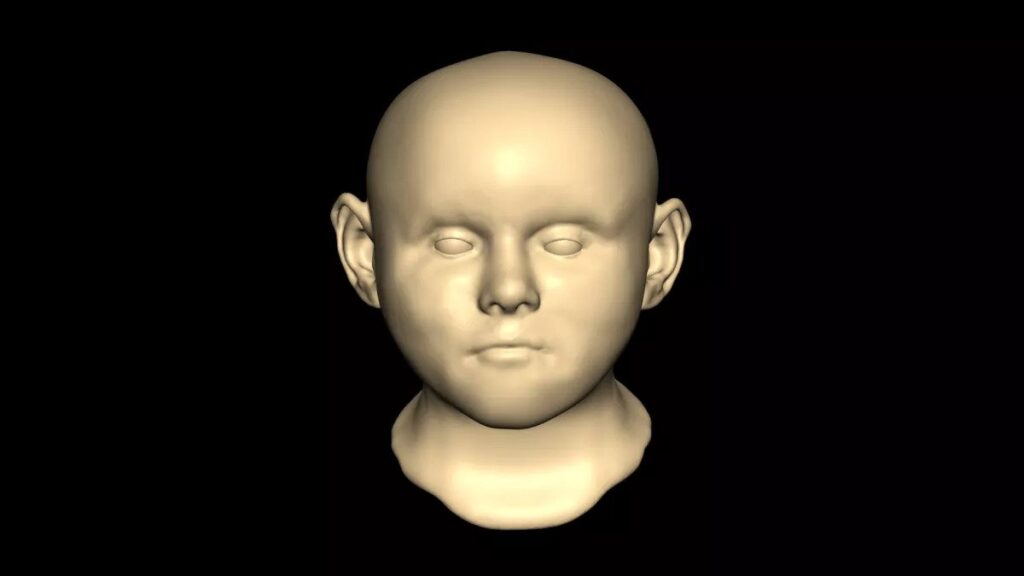
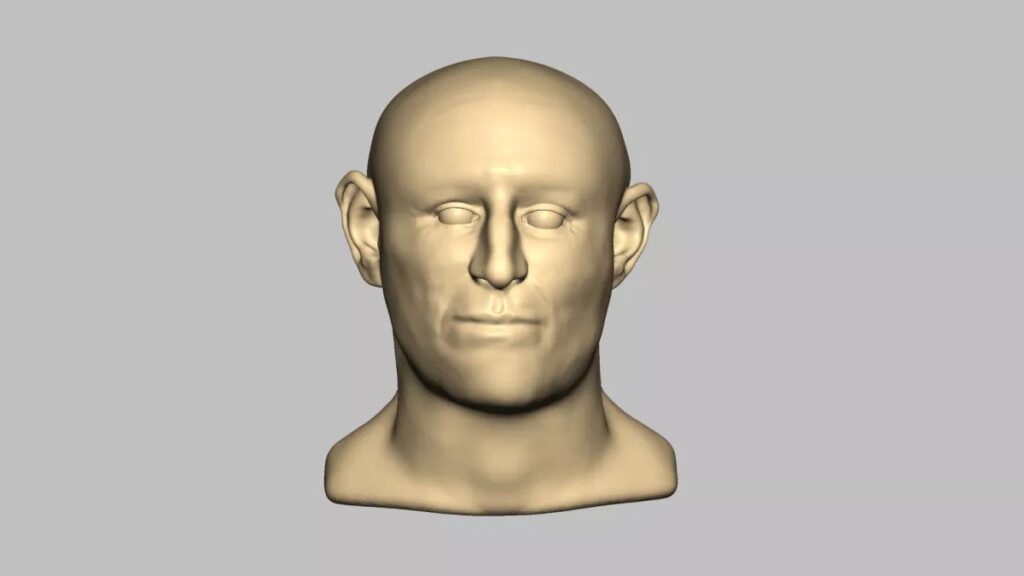
Christians massacre Jews
Initial radiocarbon dating indicated the bones were from the 11th or 12th centuries, study senior author Ian Barnes, an evolutionary geneticist at the Natural History Museum in London, told Live Science. Scientists initially believed the remains came from victims of an epidemic outbreak of disease or a mass famine, and that the bodies had therefore been disposed of quickly, he said.
But the latest research suggests they all had similar genetic ancestry to today’s Ashkenazi Jews. And historical research links their murders to a massacre of Jews in Norwich in 1190 by crusaders that was described by a chronicler of the times, a churchman called Ralph de Diceto.
“Many of those who were hastening to Jerusalem determined first to rise against the Jews before they invaded the Saracens [a term medieval Christians used for Muslims],” Diceto wrote in his Imagines Historiarum(opens in new tab), which was published in about 1200. “Accordingly, on 6th February [in 1190 AD] all the Jews who were found in their own houses at Norwich were butchered; some had taken refuge in the castle.”
Medieval Norwich had been home to a thriving community of Jews since 1137, many of whom lived near the well where the victims were found, BBC News reported; and the latest study reported the historical finding that they were likely to be descended from Ashkenazi Jews from Rouen in Normandy who were invited to settle in England by William the Conqueror after 1066, supposedly so he could obtain their taxes in coins rather than in the agricultural goods usually given as taxes in his new kingdom.
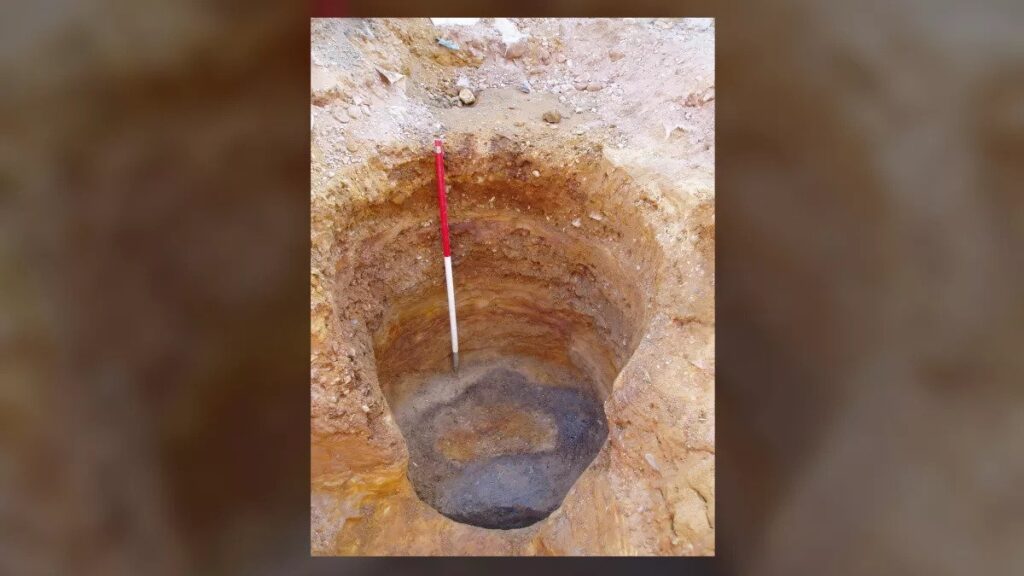
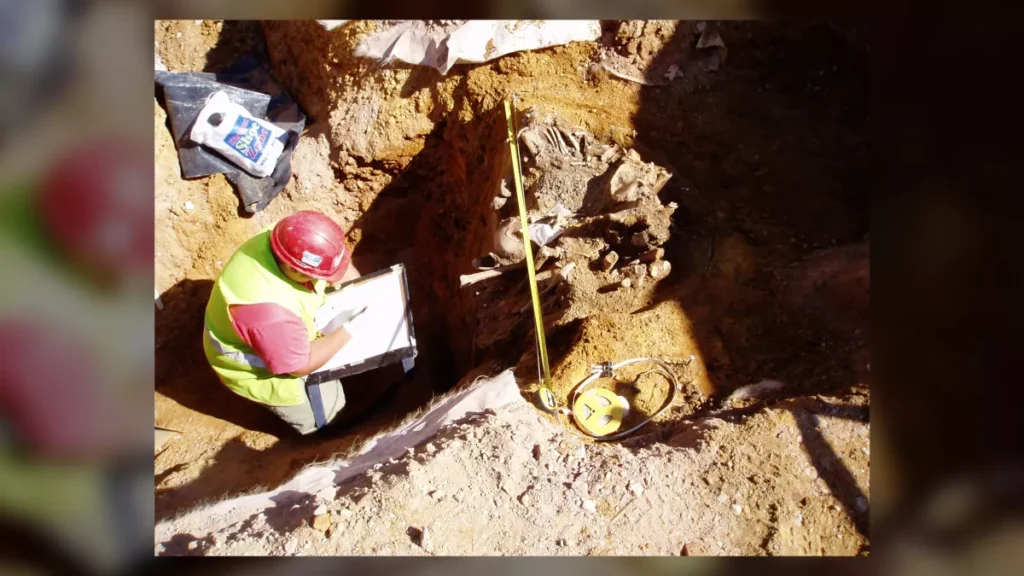
The researchers now think the 17 people found in the well were victims of this outbreak of violence, perpetrated on Jews who lived in medieval England by crusaders pledged to campaign in the Holy Land of what’s now Israel.
During the First Crusade, Christian armies conquered Jerusalem in 1099 after defeating the city’s Muslim rulers; and several more crusades were launched from Europe to the Holy Land in the years that followed, the last of which ended in the 1290s.
Such antisemitic massacres were relatively common in England and other parts of Europe in the medieval period, according to Britannica(opens in new tab); and the massacre of Jews at Norwich in 1190 was brutal. At least 11 children were among the victims found in the well, and three of the victims were sisters — one aged between 5 and 10 years, another aged between 10 and 15 years, and a young adult. Barnes said that the people found in the well seem to have been dead before they were thrown into it, as there was no sign that any of them tried to break their fall.
Genetic bottleneck
The researchers were able to conduct a full genomic analysis of the DNA from six of the individuals found in the well.
There’s no “genetic test” to determine whether a person is Jewish or not, but analysis of the genomes of those six people shows they shared the same genetic ancestry as many Ashkenazi Jews living today, which suggests they were also Ashkenazi Jews, Thomas said.
The modern Ashkenazi population has a greater-than-usual incidence of certain genetic disorders, such as Tay-Sachs disease and some hereditary cancers, he said; and the genetics of four of the people in the well in Norwich showed the same frequency of such disorders, although there’s only a very limited number of victims from which to draw such conclusions.
The cause of these disorders was thought to be a “genetic bottleneck” probably caused by a drop in the population between about 600 and 800 years ago, he said. But their frequency in the victims meant the genetic bottleneck must have happened much earlier, possibly as early as the late stages of the Western Roman Empire from the fifth century, he said.
The findings are important not only because of the historical questions about the remains but also because there is so little historical genetic data about modern Jewish populations and the particular genetic disorders they face.
“I don’t think there’s going to be a flood of ancient Ashkenazi or Jewish genomes in the future, but I think that where more data does become available, it will be probably through a similar route to what we’ve done,” he said.
“That is, they identify human remains where there is no evidence to suggest that they are Jewish or anything else, and then somebody does the genetic work and gets an indication that they are,” he said.





